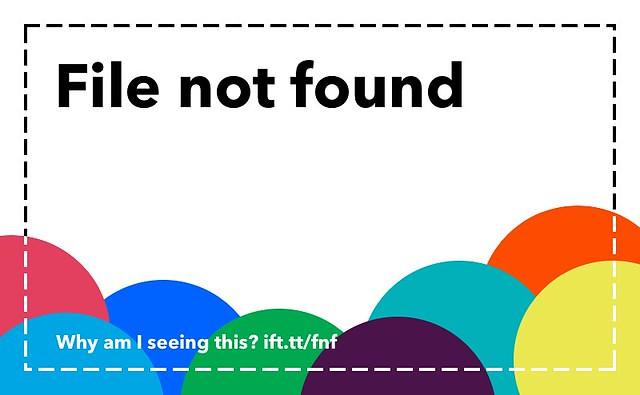In the digital age, where the click of a button can unlock a world of possibilities, securing the pathways of e-commerce/” title=”understanding the risks of payment fraud in e-commerce”>online transactions has become more critical than ever. As e-commerce flourishes and financial technologies evolve, so too do the cunning tactics of fraudsters lurking in the shadows, eager to exploit vulnerabilities in payment gateways. Welcome to a world where trust is currency, and safeguarding it is paramount. In this authoritative guide, we delve into the intricate dance between innovation and security, unveiling strategies to fortify payment gateways against the ever-present threat of fraud. Join us as we explore the cutting-edge technologies and best practices that empower businesses to protect their financial sanctuaries, ensuring that every transaction is not just a transfer of funds, but a testament to the resilience of trust in the digital realm.
Fortifying the Digital Fortress Understanding the Threat Landscape
In the ever-evolving world of digital transactions, safeguarding payment gateways from fraudulent activities is paramount. To effectively combat these threats, businesses must adopt a multi-layered security approach. Encryption stands as the first line of defense, ensuring that sensitive data remains unintelligible to unauthorized entities. Implementing tokenization further enhances security by replacing card details with unique identifiers, rendering stolen data useless. Moreover, deploying AI-driven fraud detection systems can identify suspicious patterns in real-time, allowing for swift action against potential breaches.
Equally important is the establishment of a robust authentication process. By utilizing multi-factor authentication (MFA), businesses can significantly reduce the risk of unauthorized access. Regular security audits and vulnerability assessments should be conducted to identify and rectify potential weaknesses in the system. Additionally, maintaining compliance with industry standards such as PCI DSS not only fortifies security but also builds trust with customers. These strategies, when combined, create a formidable barrier against fraudsters, ensuring the integrity of digital payment ecosystems.
Implementing Robust Authentication Mechanisms for Payment Gateways
To safeguard payment gateways from the relentless tactics of fraudsters, deploying robust authentication mechanisms is paramount. Start by integrating multi-factor authentication (MFA) which adds an additional layer of security beyond just passwords. This could include something the user knows (password), something the user has (a mobile device for OTP), or something the user is (biometric verification). By leveraging these layers, you can significantly reduce the risk of unauthorized access.
Furthermore, consider implementing the following strategies:
- Tokenization: Replace sensitive card information with unique tokens that can be used for processing payments without exposing actual data.
- Device Fingerprinting: Analyze the unique attributes of a user’s device to detect anomalies and prevent fraudulent transactions.
- Behavioral Analytics: Monitor user behavior in real-time to identify and flag suspicious activities, ensuring that only legitimate transactions are processed.
- End-to-End Encryption: Encrypt data from the point of entry to the endpoint, ensuring that sensitive information remains secure throughout the transaction process.
By incorporating these measures, payment gateways can be fortified against fraudulent activities, ensuring a secure and trustworthy environment for both businesses and consumers.
Harnessing Advanced Encryption Techniques to Protect Transactions
In the ever-evolving landscape of digital transactions, the implementation of advanced encryption techniques is not just a recommendation but a necessity. Encryption acts as the digital equivalent of a vault, safeguarding sensitive data from the prying eyes of cybercriminals. By transforming transaction data into a complex code that can only be deciphered with a unique key, businesses can ensure that even if intercepted, the information remains unintelligible to unauthorized parties. This level of security is paramount in maintaining customer trust and ensuring compliance with global data protection standards.
Key strategies for leveraging encryption effectively include:
- End-to-End Encryption (E2EE): Ensures that data is encrypted on the sender’s side and only decrypted by the intended recipient, eliminating vulnerabilities during transmission.
- Tokenization: Replaces sensitive data with unique identification symbols that retain all the essential information about the data without compromising its security.
- Public Key Infrastructure (PKI): Utilizes a pair of keys – a public key for encryption and a private key for decryption – to provide a robust framework for secure communications.
By integrating these sophisticated encryption methodologies, payment gateways can create a formidable barrier against fraudsters, ensuring that each transaction is as secure as it is seamless.
Continuous Monitoring and AI-Driven Fraud Detection Systems
In the ever-evolving landscape of digital transactions, implementing a robust strategy to safeguard payment gateways is paramount. Continuous monitoring serves as the vigilant sentinel, tirelessly scanning for anomalies in transaction patterns. By employing AI-driven fraud detection systems, businesses can leverage machine learning algorithms to discern subtle irregularities that may elude human scrutiny. These intelligent systems are adept at adapting to new fraud tactics, ensuring that even the most sophisticated attempts are thwarted.
- Real-time analysis: AI systems process vast amounts of data instantly, allowing for immediate identification and response to potential threats.
- Behavioral analytics: By understanding the typical behavior of users, these systems can flag deviations that might indicate fraudulent activity.
- Adaptive learning: As fraudsters develop new techniques, AI models continuously learn and evolve, enhancing their detection capabilities.
Integrating these advanced technologies not only fortifies security but also minimizes false positives, ensuring a seamless experience for legitimate users. The future of secure payment gateways lies in the symbiotic relationship between continuous monitoring and cutting-edge AI solutions.





